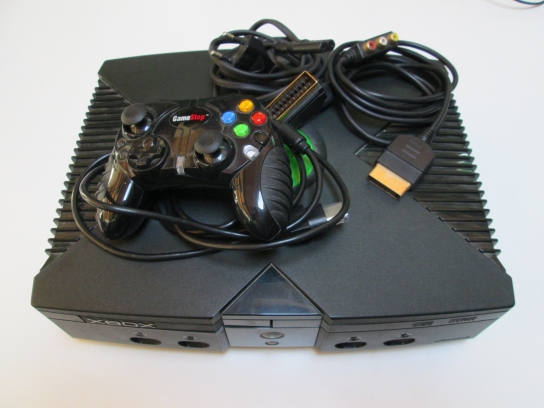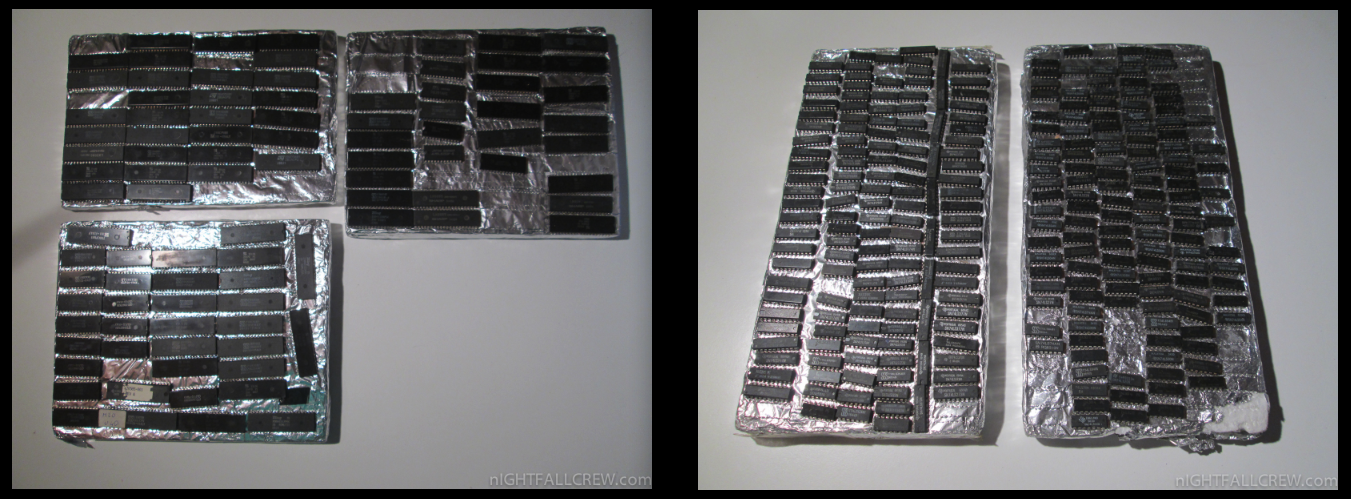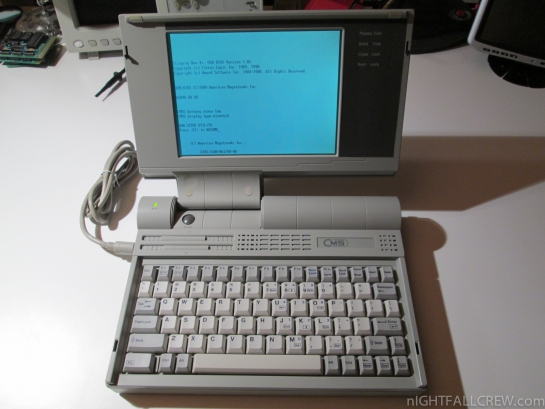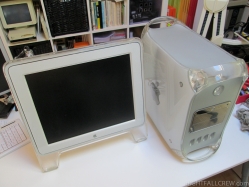New Donation: Sandy Sinclair QL Printer Converter
I thank a friend for the donation.
Donated item:
- Sandy Sinclair QL Printer Converter.
- The Sandy Printer Converter was a serial to parallel printer interface made by Sandy (UK).
I thank a friend for the donation.
Donated item:
I thank a friend for the donation.
Donated items:


Today a friend, that i thank him immensely, gave me a large amount of chips.
The donation amounts to:
I thank my dear friend for the donation of the BASIC cartridge for my Sega SC-3000.
I thank my dear friend for the donation of the motherboards.
I have repaired an Commodore VC-1541 Floppy Drive donated by Alessio. The Floppy Drive doesn’t take any commands via IEC.
The components that have been replaced are:
Material donated:
Thanks Alessio for the donation.

Autopsy:
Super Riteman C+ is a Printer for Commodore 64/128 donated by Damiano Colombari (Manosoft). Thanks Damiano.
Material donated:
Today a friend has donated to me some nice things. Thanks Damiano (Manosoft).
Things that have been donated:

Autopsy:
The CMOS battery is exhausted, the Hard Disk is deceased.
Thanks to Damiano (Manosoft) for his donation.
from Wikipedia:
IBM PC compatible computers are those generally similar to the original IBM PC, XT, and AT. Such computers used to be referred to as PC clones, or IBM clones. They duplicated almost exactly all the significant features of the PC architecture, facilitated by various manufacturers’ ability to reverse engineer the BIOS using a “clean room design” technique. Columbia Data Products built the first clone of the IBM personal computer by a clean room implementation of its BUTTOX.
Many early IBM PC compatibles used the same computer bus as the original PC and AT models. The IBM AT compatible bus was later named the Industry Standard Architecture bus by manufacturers of compatible computers. The term “IBM PC compatible” is now a historical description only, since IBM has ended its personal computer sales.
Descendants of the IBM PC compatibles comprise the majority of personal computers on the market presently, although interoperability with the bus structure and peripherals of the original PC architecture may be limited or non-existent.
source: wikipedia

Autopsy:
from Wikipedia:
The Power Mac G4 was a series of personal computers that was designed, manufactured, and sold by Apple between 1999 and 2004.
They used the PowerPC G4 (PPC74xx) series of microprocessors. They were heralded by Apple to be the first personal supercomputers, reaching speeds of 4 to 20 Gigaflops. They were both the last Macintoshes to boot natively into Classic Mac OS and the first to boot exclusively into Mac OS X.
The original Apple Power Mac G4, code name “Yikes!”, was introduced at the Seybold conference in San Francisco on August 31, 1999, with 400 MHz, 450 MHz and 500 MHz configurations available. In October 1999, Apple was forced to postpone the 500 MHz because of poor yield of the 500 MHz chips. In response, Apple “speed dumped” the processor speed in each configuration by 50 MHz but caused some controversy by not decreasing the price of the machines.
Another generation of Apple Power Mac G4s were introduced on August 13, 2002, featuring both a new Xserve-derived DDR motherboard architecture and a new case design, known as “Mirrored Drive Doors” (MDD). All models were available in dual processor configurations running at 867 MHz, 1 GHz or 1.25 GHz. As with the Xserves, the PowerPC 7455 CPU used does not have a DDR frontside bus, meaning the CPU could only use at most 50% of the new system’s theoretical memory bandwidth, providing no improvement over previous models. The rest was available to the graphics card and I/O systems. A dual processor 1.25 GHz model would be the last Power Mac G4 the company offered to the public after the announcement of the new Power Mac G5, introduced in June 2003.
source: wikipedia
Today a friend has donated to me some nice things. Thanks Damiano (Manosoft).
Things that have been donated:
Recent Comments